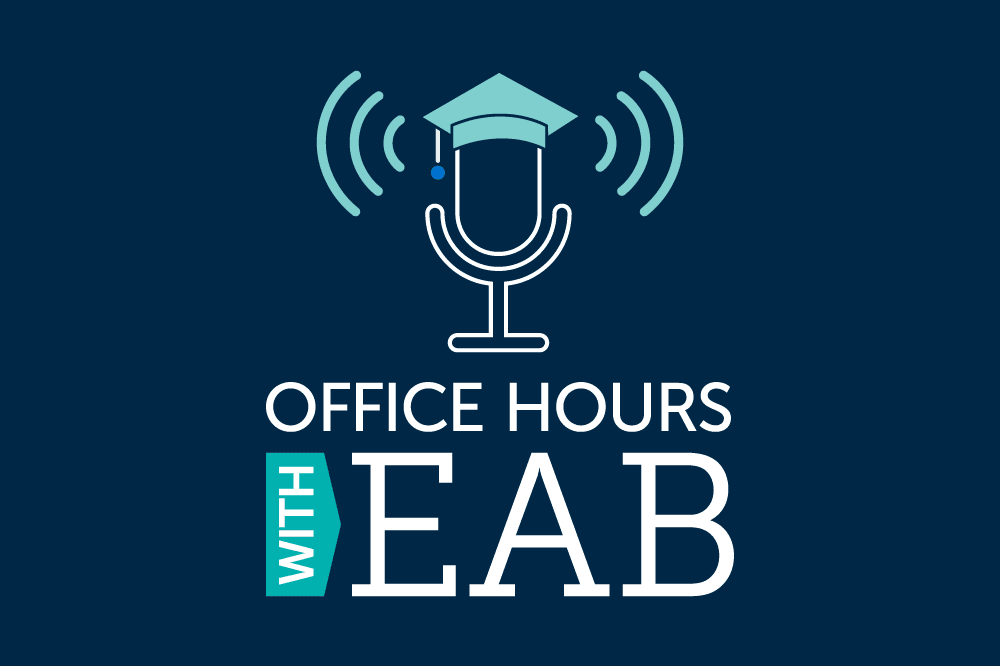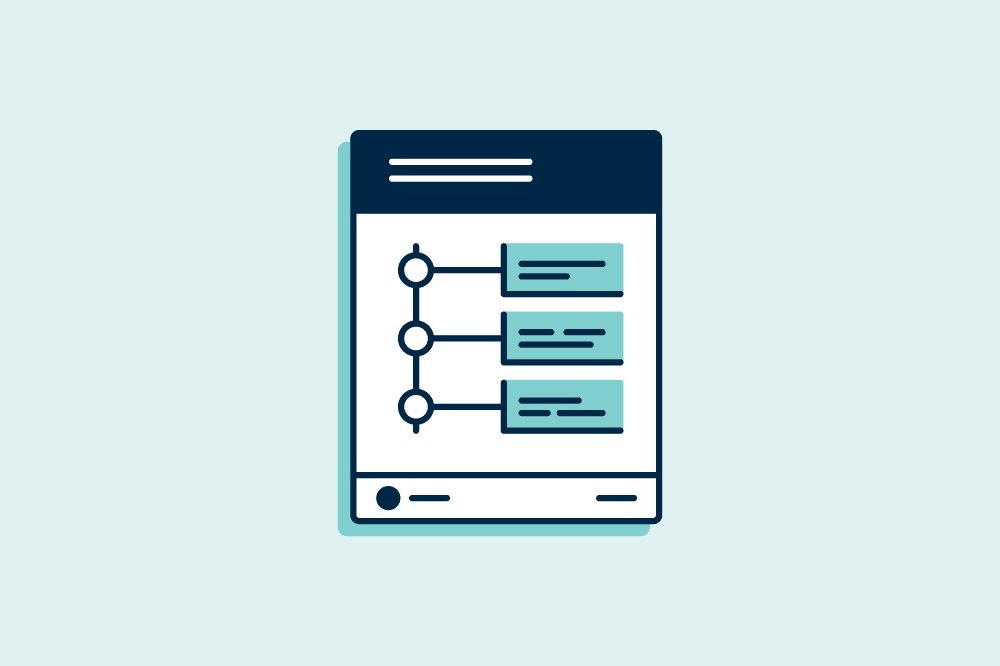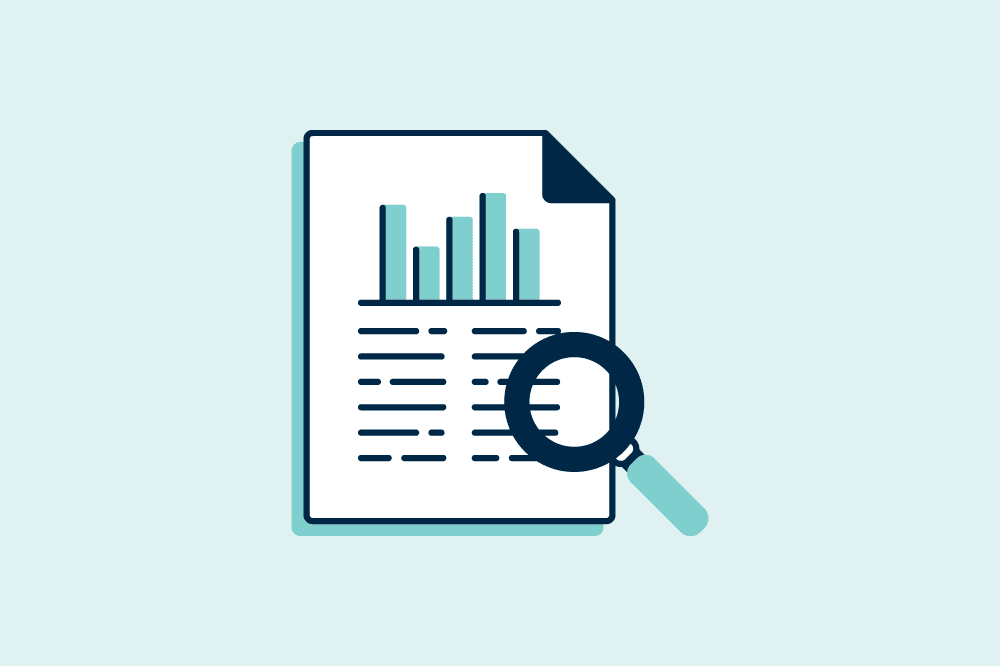Resources
Featured Resources
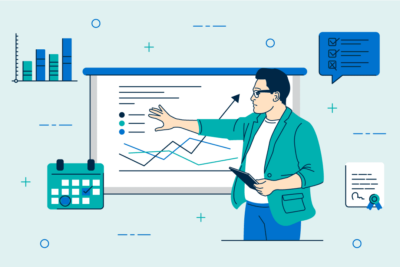
Insight Paper
College Search Trends Across Space and Time
This insight paper delves into college search trends in the application process among first-time undergraduates at four-year institutions.
Enroll360
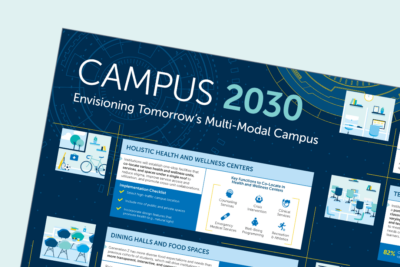
Infographic
Campus 2030: Envisioning tomorrow’s multi-modal campus
Explore our infographic to learn about the future of the multi-modal campus and how seven spaces will change…
Strategic Advisory Services

Research Report
The Rise of the Chief Wellness Officer
Chief Wellness Officer (CWO) positions have grown rapidly across the past few years due to growth in appreciation…
Strategic Advisory Services
Recent Blog Posts
More Blog PostsLatest Podcast Episode
More Episodes
Podcast
Inside The Adult Learner Mindset
In this episode, EAB’s Val Fox and Todd Heilman explore how adult learners research, evaluate, and choose whether…

Podcast
How to Support Military Students Beyond Admissions
Experts discuss better ways for colleges to support military veterans and active-duty learners beyond the admissions stage.

Podcast
How the U. of MT is Engaging and Supporting Stop-Outs
The University of Montana’s Brian Reed shares how his team is helping stopped-out students regain momentum and boost…
Latest Partner Resource

Insight Paper
Leadership Giving: A High-ROI Path to Pipeline Growth
Learn how leadership giving strengthens donor momentum, delivers reliable revenue, and builds a sustainable major gift pipeline for…
Advancement Marketing Services

